QuestionQUESTION: I tried to "save" a brown anole from my FL screened porch and inadvertently injured him/her. I think she's a female. Her back end was crushed a little when I moved a folding chair, I was trying to shoo her out the door last Saturday (4 days ago). She had been on the porch for a couple of days. It looks like her back legs will not move and there is a dark spot above her tail. I purchsed a 10 in long plastic "habitat", placed green moss (package said good for tropical lizards) on the bottom, a few branches and some bark to climb on. She didnt move much the first day, although she can move. She likes to sit on the branches. She ate 2 meal worms on Saturday-snatched them right off the plastic spoon. I watched her go over to the little water bowl and drink. Since then I havent seen her eat, although a couple times a day I put a worm right in front of her. I saw a small poop in her water bowl when I cleaned it today. I was worried she wasnt able to go-if her back is broken. She might be eating the worms when I am not looking-not sure. Today I will clean out the cage and check. Also, I read that she might like small crickets so I will try that. As well as misting the cage and using a special light bulb. I really hope I can nurse her back to health-I feel so bad that I hurt her and now her legs dont move as far as I can tell. Is it possbile that her back or legs are sprained and will heal? She moves around pretty quickly now, in short bursts. Thank you so much for your advice.
ANSWER: If she cannot move her hind legs, a full recovery is unlikely (though not impossible). It depends on whether the spinal cord has been damaged, or if it's just being compressed by inflammation.
Has she defecated (brown), or was it just urates? (chalky white or yellow). If she's defecating, then her chances of survival are very high.
Her odds of being releasable back into the wild are not so high. Unless she regains full use of her hind legs, and full coordination, she would never be able to escape from predators.
At this stage, it is probably best to plan for her to spend the rest of her life in captivity. You have a few options:
First, you could take her to a wildlife rehabilitator. They will be able to give her proper care, and determine if she can be released. However, since she is an invasive species, this may not be a good choice anyhow.
Second, you can find a home for her with an experienced reptile keeper. This will give her the best odds of surviving long-term in captivity, although finding someone who's willing to provide proper care for a single disabled anole may not be that easy.
Third, you can keep her yourself, but you will have a lot of research to do, to set her up and care for her properly. Your current setup is not quite enough, and she will not survive if kept that way.
Captive brown anoles can be kept in a minimum 10 gallon glass tank, or in a 12 X 18 tall vivarium (such as an Exo-Terra or ZooMed viv). They require UVB lighting, in order to form vitamin D in their skin. (Dietary vitamin D is not enough for most diurnal lizards). UVB bulbs are either fluorescent, or Mercury-Vapor. Compact fluorescent UVB lights are not recommended, as they have been tied to eye irritation and retina damage in reptiles. She will also require controlled heat. Her daytime temperatures should be about 80F, with a 90F basking area, and 60 to 80% humidity. Use a thermometer with a remote probe--not the type that stick on the glass. These things are very important, because without proper heat, she cannot digest her food, and without proper humidity, she will dehydrate.
A vet visit for a parasite test and worming drugs is recommended, even for an anole, as wild animals invariably carry internal parasites, which can build to lethal levels in a captive situation.
Food should be 1/4" or smaller sized crickets, fed a quality food for 24 hours, and then dusted with calcium powder. Feed as many as she'll eat in 15 minutes, and remove any that remain. Offer food every other day if she is an adult, and daily if she is a juvenile. Mist the cage twice a day to provide drinking water, as they generally will not drink from a dish.
If all of the above is just too much care and expense (and if it is, you shouldn't feel bad--a pet reptile, like any other pet, is quite a responsibility), then rehome her where you believe she'll have the best chance of a good life.
In the wild, anoles rarely live more than a couple of years (if they make it to adulthood), but in captivity, with proper care, they can live for 5 to 8 years. Reptiles, with their slow metabolism, live surprisingly long lives for their size.
---------- FOLLOW-UP ----------
QUESTION: Wow, thank you so much for the quick response! Yes, she defacated. It was black with a little spot of white attached. I was so happy! I will go get one of the vivariums. The little cage is still out on the porch, is it ok to put it in the area where the sun shines in? Certain times of the day the FL sun really beams in. I was worried about "cooking" her, so I moved the cage down below the sun level. I will try the crickets, and will ask how to care for those as well. I was surprised that she drank from the dish! She must have been thirsty-she had been on the porch for a couple of days. Is there a way to tell if she is in pain? She seems very alert. I saw online that sometimes they will have dark spots behind the eyes if they are in pain. Is that true? and is there a specific type of plant that will be good to put in the vivarium? I dont think they eat plants, but I dont want to poison her after all this. My husband thinks I am crazy by the way. :)
ANSWER: No, don't put her in the sun--the cage would trap heat and quickly cook her, you're right about that. A screen cage (no glass or plastic) could be placed outdoors for natural sun sometimes, but there must always be shade available. Reptiles take on the temperature of their environment, and move from warmer to cooler areas and back, to adjust their body temperature. They have no way of cooling themselves, beyond moving out of the heat.
The plastic carrier can be used to care for the crickets--there will be commercial gut-loading formulas at the pet store, and 'cricket water', which is a gel, so caring for the crickets is simple. Mealworms are harder to digest, due to their chitin, and also have a lower nutritional profile than crickets, so they're not really recommended. Both crickets and mealworms are very high in phosphorus, which is why they need to be supplemented with calcium, to balance them--not all insects are. "Phoenix worms" have a great nutritional profile, but are expensive. Crickets are very easy to raise, which is why they're a standard feeder insect.
It's true that a stressed anole will have dark ovals behind their eyes, so, since pain is stressful, I think that's probably a fair statement. Reptiles in general will do their best to hide any sign of illness or injury, because showing weakness makes them a target for predators and more dominant animals. They only show signs of illness or injury if it's too severe for them to hide.
Pothos is a safe, hardy plant to use in her vivarium, but be sure to wash the leaves first, as greenhouses often use pesticides on house plants to control whitefly and spider mites. She'll appreciate the greenery, and it will help keep the humidity up.
My guess is that your husband will come around once he sits and watches her a few times. ;)
They certainly have personalities of their own, and can be very engaging.
Anoles are often given the short end of the stick in the pet trade, due to their low dollar value, but they certainly don't deserve it. They have more personality and responsiveness than many of the more expensive and exotic day geckos, and they can be great fun to keep and watch.
---------- FOLLOW-UP ----------
QUESTION: Hi Donna! Anole update: she's doing pretty well. Picked up a 10 gal tank, screen lid, UVB light that goes all the way across the top as well as a 50W basking light shining in one side. 2 small pothos. Some branches and bark to climb on. I've been misting the cage a few times a day-especially the plants. Drops of water come off the leaves. She really likes the bask light. I was getting worried because I didn't see her eat again until today. She didn't seem to like the crickets but today she ate a fat meal worm. She turns from dark to light in color during the day. Haven't seen her defecate lately but I'll keep looking. And you were right-my husband is into it now. Thanks again! Hoping for the best! Nicole
AnswerI'm glad she's still hanging in there for you, and eating is always a good sign, particularly with reptile, that tend to stop eating at the first sign of a problem. Perhaps she has a bit of pain, and doesn't feel like chasing crickets--that would make sense. Another possible addition to her diet is Repashy crested gecko diet, which can be mixed with water and offered in a tiny cup. (Elevated is most appealing, so they don't have to go to the cage floor). It tastes sweet and fruity, which is something anoles enjoy. If it's not accepted at first, offer peach babyfood, then mix with CGD in increasing amounts until she's eating pure CGD. She won't have to chase this food, and it will offer a lot of calories and essential nutrients, which should help her heal, particularly if she only wants to eat mealworms. They should have it at the big chain pet stores, either Petco or Petsmart. I give this food to my mourning geckos and Lygodactylus geckos, and all of them love it.

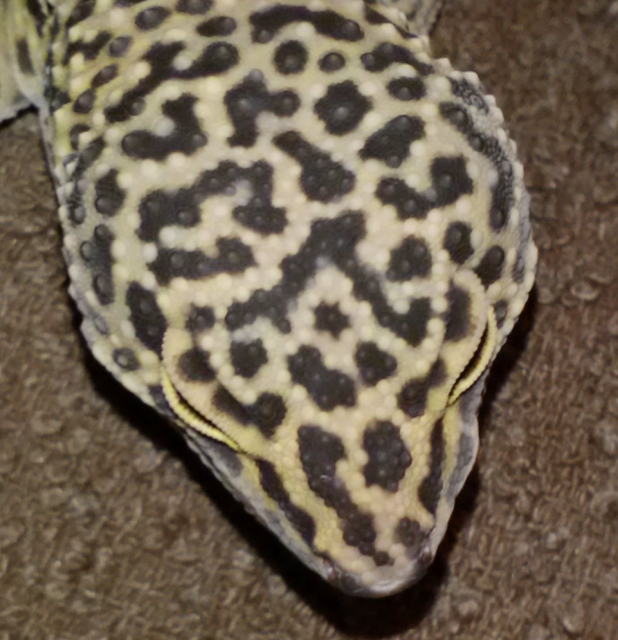 Leopard Gecko abcess
QuestionQUESTION: Ive had my female leopard gecko for 2
Leopard Gecko abcess
QuestionQUESTION: Ive had my female leopard gecko for 2
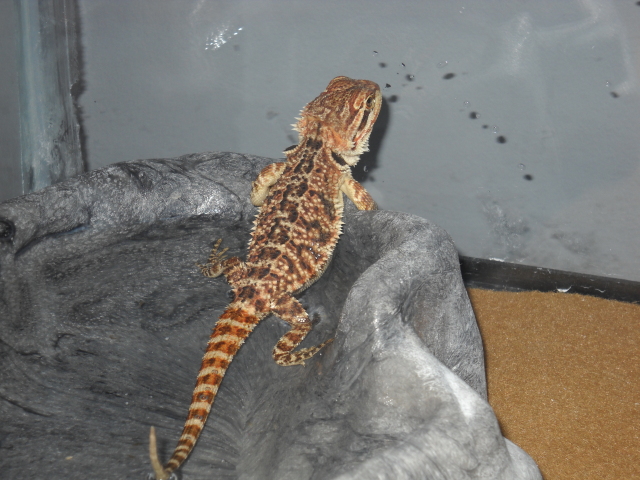 Bearded Dragon Not Defecating
QuestionHealthy Bearded Dragon
QUESTION: Um, Hi.
Bearded Dragon Not Defecating
QuestionHealthy Bearded Dragon
QUESTION: Um, Hi.
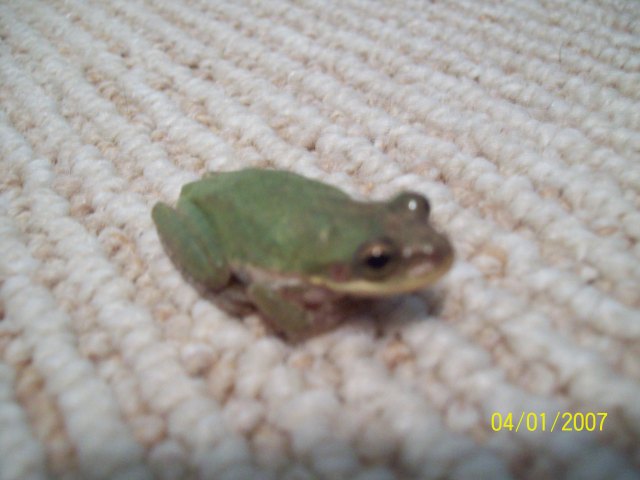 my frog
QuestionQUESTION: my frog will only be force fed. is th
my frog
QuestionQUESTION: my frog will only be force fed. is th
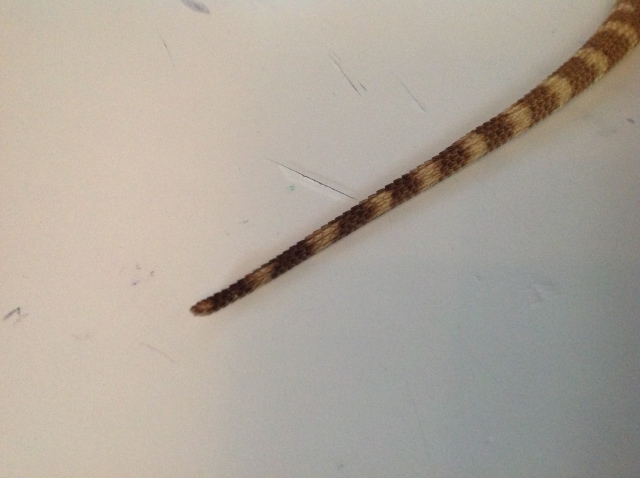 Bearded Dragon Health and Tail Rot
QuestionTail
Thorn
QUESTION: Hello,
Im a
Bearded Dragon Health and Tail Rot
QuestionTail
Thorn
QUESTION: Hello,
Im a
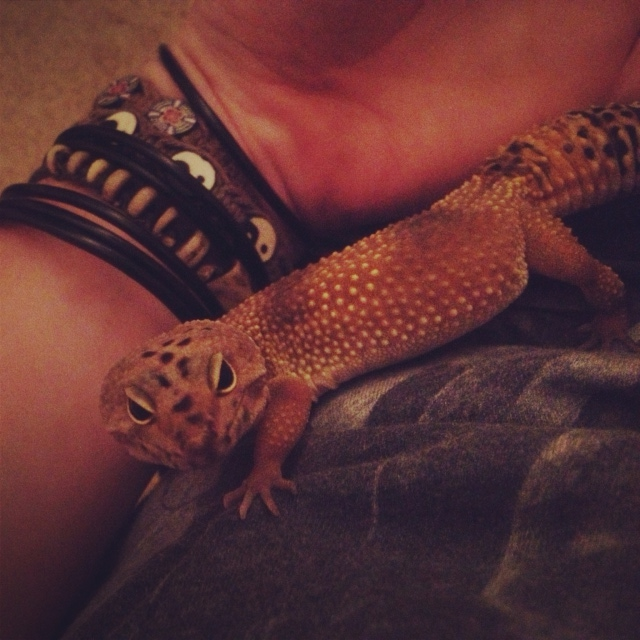 Leopard geckos handling
QuestionQUESTION: Hi,
2 weeks ago I purchased my first
Leopard geckos handling
QuestionQUESTION: Hi,
2 weeks ago I purchased my first